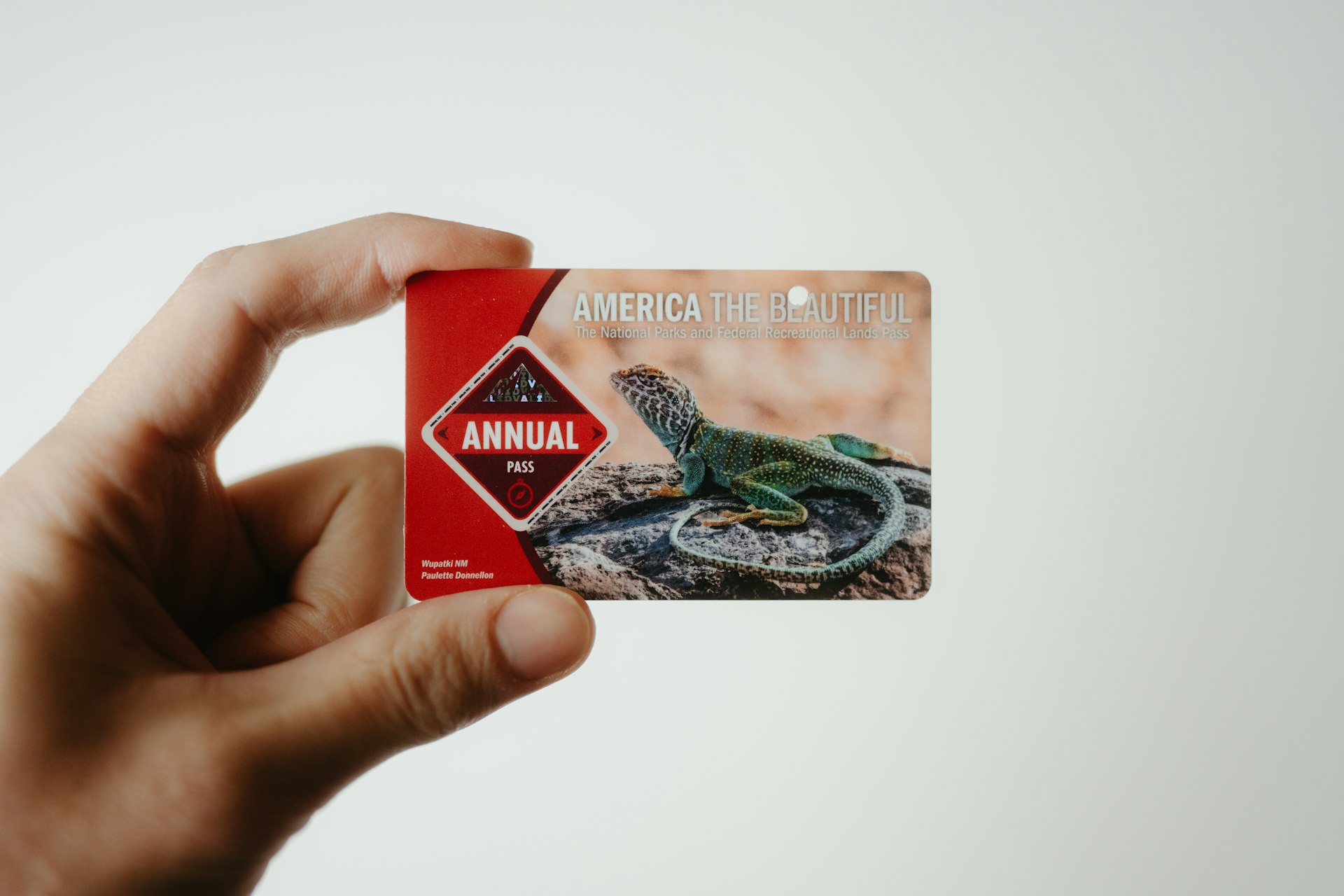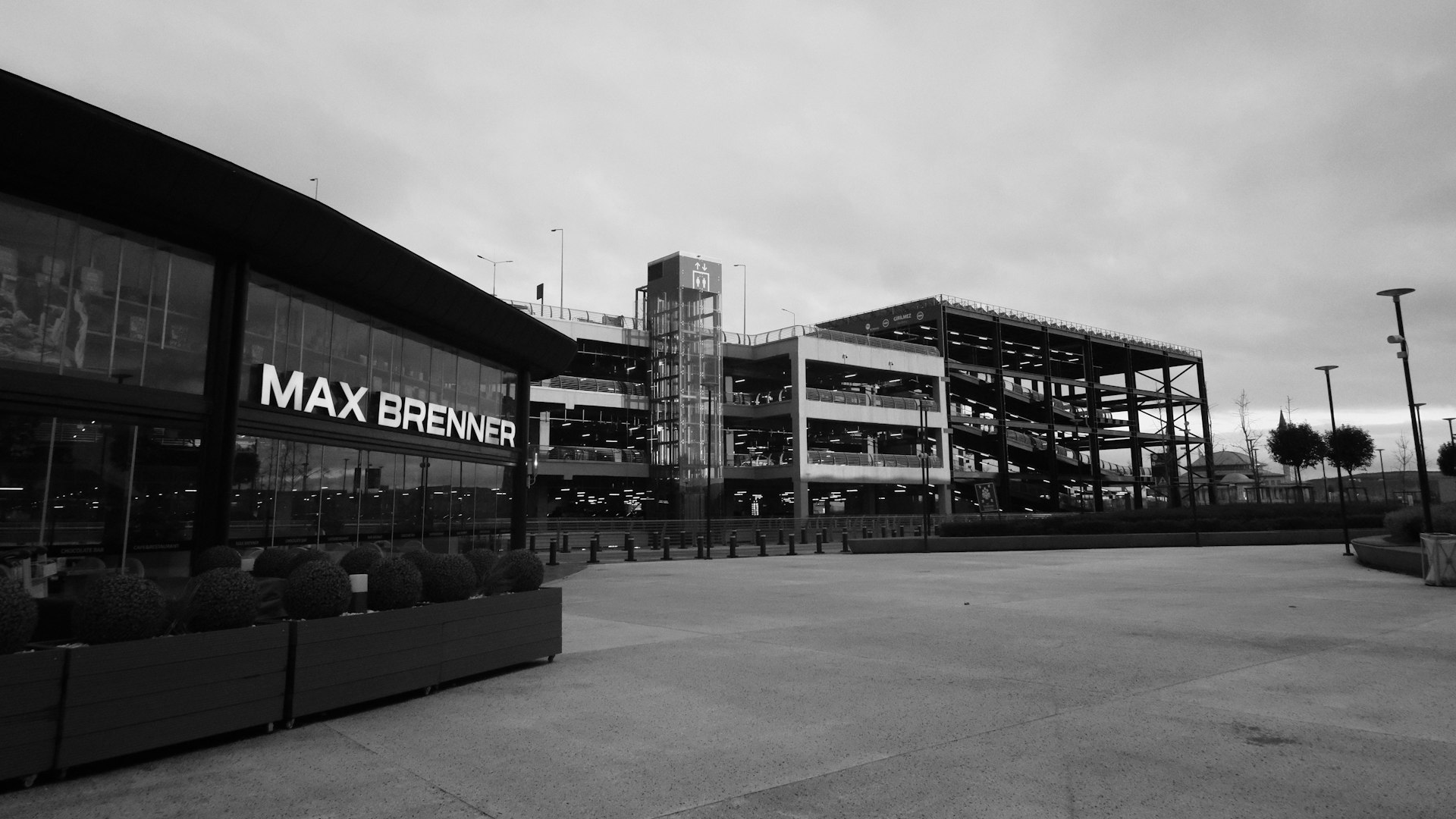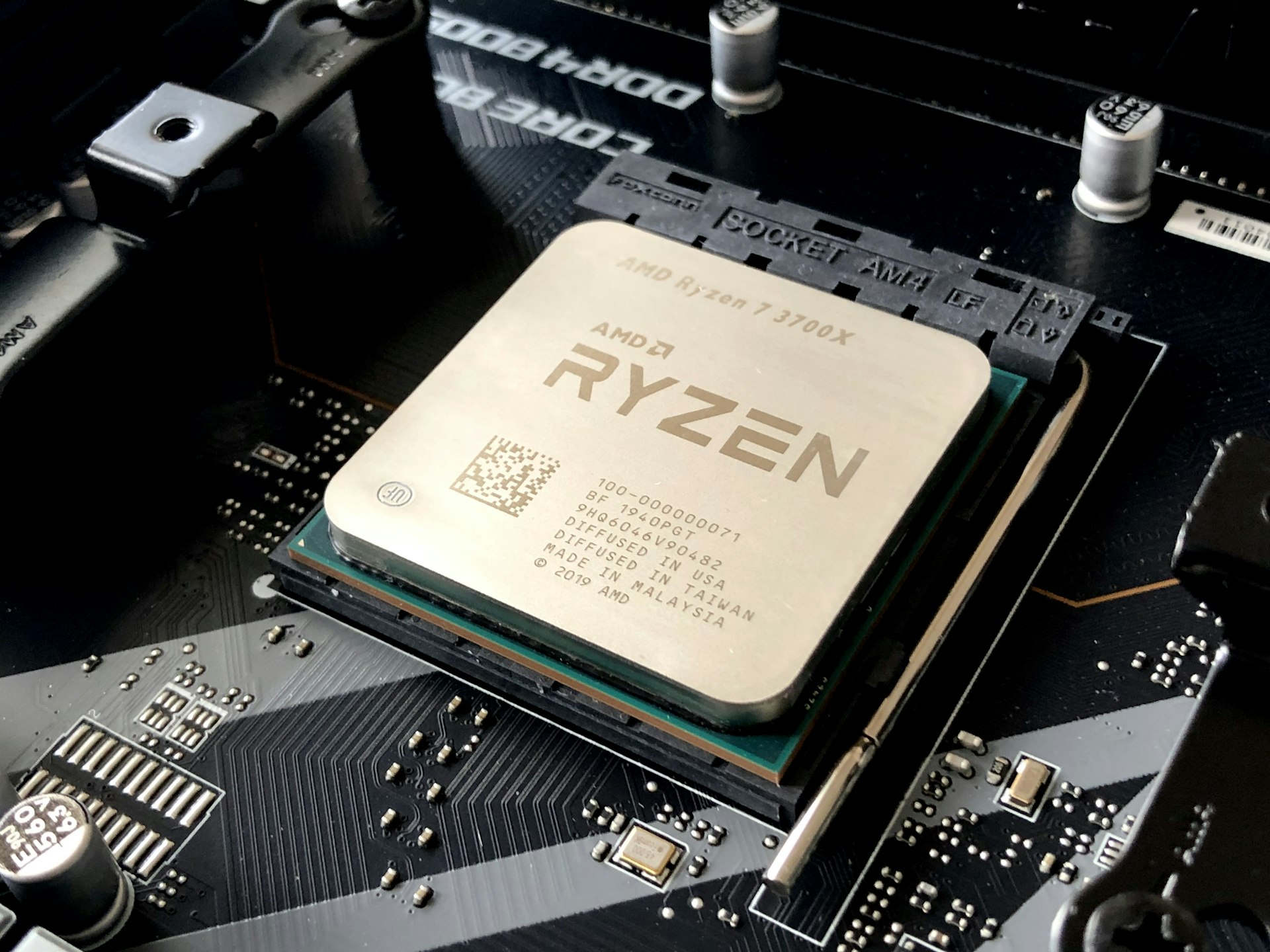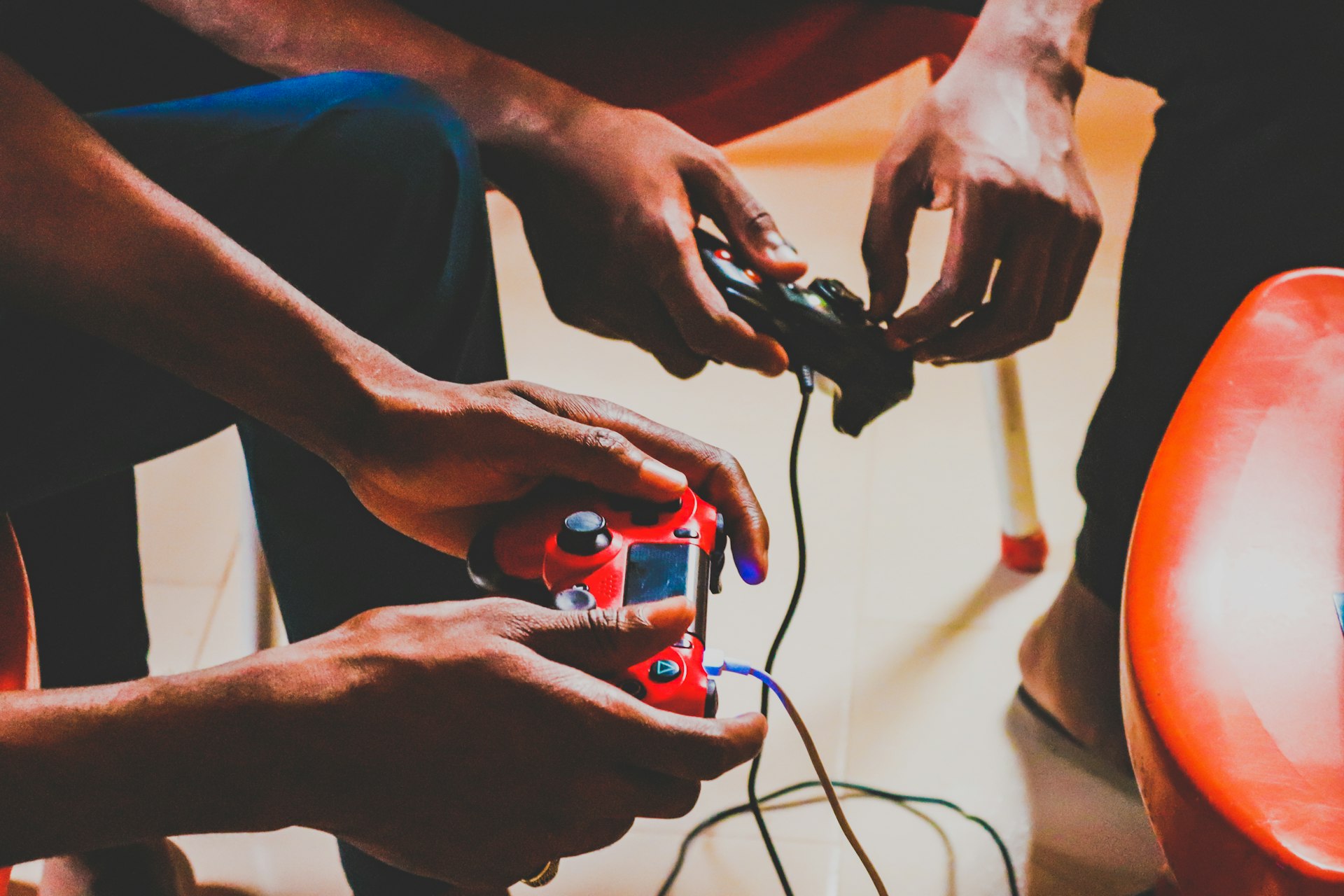Launching Your Career in Fashion Photography: Pathways, Earnings, and Actionable Steps

Photo by Cherry Laithang on Unsplash
Introduction: Why Fashion Photography?
Fashion photography is a vibrant, competitive field blending artistic vision with commercial demands. It showcases clothing, accessories, and style for magazines, brands, and advertising campaigns. Aspiring photographers are drawn to the creativity, the potential for recognition, and the opportunity to work with top designers, models, and publications. But how do you actually enter this profession, and what can you expect to earn? This guide provides actionable steps, real-world insights, and verified data to help you launch and grow your fashion photography career.
Understanding Fashion Photography: Roles and Realities
Fashion photographers produce editorial spreads, lookbooks, advertising images, and social media content for brands and publications. The work often involves collaborating with stylists, models, makeup artists, and creative directors. The industry’s fast pace demands adaptability, technical skill, and a strong personal style. While some photographers work for agencies or studios, many operate as freelancers, negotiating their own rates and building their own client base. Entering this career requires both creative and business acumen.

Photo by Kazuo ota on Unsplash
Step-by-Step: How to Become a Fashion Photographer
1. Build Foundational Skills Start by developing technical proficiency in camera operation, lighting, composition, and retouching. Many professionals begin with formal education, such as photography courses at accredited colleges or art schools. However, self-taught photographers can also succeed by practicing, studying industry standards, and learning from online resources and workshops. You should also familiarize yourself with photo editing software such as Adobe Photoshop and Lightroom, as these are industry staples.
Real-World Example: Renowned fashion photographers like Annie Leibovitz and Mario Testino often cite early experimentation and ongoing education as critical to developing their unique styles.
2. Build a Strong Portfolio Your portfolio is essential for landing clients and jobs. Begin by shooting friends, local models, or collaborative projects to showcase your style and versatility. Aim for diversity-include editorial, commercial, and creative shoots that reflect your vision. Consider creating an online portfolio using platforms like Behance, Format, or Squarespace (all verified, accessible portfolio hosts).
3. Network and Gain Experience Attend industry events, fashion shows, and photography workshops to connect with professionals. Many photographers also intern or assist established professionals to gain hands-on experience. Reach out to local modeling agencies, designers, and stylists to offer test shoots or collaborative projects. This builds your network and increases visibility.
4. Market Yourself Effective self-marketing is crucial. Use social media platforms (Instagram, LinkedIn, Facebook) to share your work and connect with potential clients. Consider joining professional organizations such as the American Society of Media Photographers (ASMP) for resources and networking opportunities. Develop a professional website, keep your portfolio updated, and use SEO-friendly descriptions to attract search traffic.
5. Pursue Paid Opportunities Begin by approaching local boutiques, designers, and magazines for paid assignments. Freelance platforms (such as Upwork and Fiverr) sometimes offer photography gigs, though competition is high. As you build your reputation, you may secure higher-paying contracts with established brands or publications.
Alternative Pathways: Some photographers specialize in fashion-adjacent fields like commercial, product, or portrait photography, then transition into fashion as they build relevant experience and contacts.
How Much Do Fashion Photographers Make?
Fashion photography earnings vary widely by experience, location, and reputation. According to Salary.com , the average annual salary for a U.S. fashion photographer as of September 2025 is $63,937 , typically ranging from $57,346 to $70,278 [1] . Entry-level photographers may earn $20,000 to $35,000 per year, while those with established portfolios and client bases can make upwards of $100,000 annually [2] . The highest earners, especially those in major cities like New York or Los Angeles, may command even greater fees due to demand and living costs [3] .
Freelancers often set their own rates, which means income can fluctuate based on workload, seasonal trends, and negotiation skills. Some photographers work on a per-project basis, charging $500 to $2,000 per shoot, while others negotiate day rates or retainers for ongoing work. Location is a key factor; metropolitan areas typically offer higher pay but also greater competition and higher expenses.
Factors Influencing Earnings
Experience Level: Beginners start with lower rates but can increase earnings as they build a client base and reputation.
Location: Major fashion hubs (e.g., New York, Los Angeles, San Jose) offer more opportunities and higher rates. For example, fashion photographers in San Jose, CA, average $100,942 annually, nearly double the national average [3] .
Specialization: Those who carve out a niche-such as editorial, runway, or high-fashion advertising-often earn more, as do photographers working for top brands and magazines.
Freelance vs. Staff: Freelancers have income variability but more control over project selection. Staff photographers usually receive steady salaries but may have less creative freedom.
Client Base: Building strong relationships and repeat clients leads to greater financial stability and higher rates.
Challenges and Solutions
Challenge: High Competition Fashion photography is saturated, especially in major cities. To stand out, develop a distinctive style, consistently deliver high-quality work, and cultivate professional relationships.
Challenge: Inconsistent Income Freelancers face periods of feast and famine. Diversify your client base, offer related services (e.g., product or portrait photography), and maintain financial discipline.
Challenge: Portfolio Development Without experience, creating a portfolio can be difficult. Collaborate with aspiring models and designers, or join online creative communities to find subjects.
Solution: Continually invest in skill-building, marketing, and networking. Consider workshops, online courses, and mentorship to refine your craft and expand your reach.
Accessing Opportunities
To access fashion photography jobs, you can:
- Contact local modeling agencies and designers to offer your services for test shoots.
- Search job boards such as Indeed, Glassdoor, and LinkedIn for staff positions or freelance gigs. Use search terms like “fashion photographer”, “editorial photographer”, and “commercial photographer”.
- Network at industry events and trade shows. Fashion weeks (e.g., New York Fashion Week) provide opportunities to meet potential clients and collaborators.
- Join professional associations (e.g., ASMP) for job listings and resources.
- Use social media to market your work and reach potential clients globally.
If you are seeking formal education, search for accredited photography programs at art schools, colleges, or universities. For those wishing to learn online, platforms such as Coursera, Udemy, and LinkedIn Learning offer verified photography courses.
Key Takeaways and Next Steps
Fashion photography offers creative fulfillment and the potential for high earnings, but demands persistence, skill, and strategic networking. Begin by mastering technical skills, building a distinctive portfolio, and connecting with industry professionals. Earnings vary significantly, but with experience, specialization, and strong marketing, you can maximize your income and impact.
For actionable steps: Start building your portfolio today using verified online platforms, seek out local industry contacts, and explore educational resources. Consider joining professional organizations and attending events to expand your opportunities. Remember, consistent effort and adaptability are your greatest assets in this competitive industry.
References
MORE FROM savvysc.com













